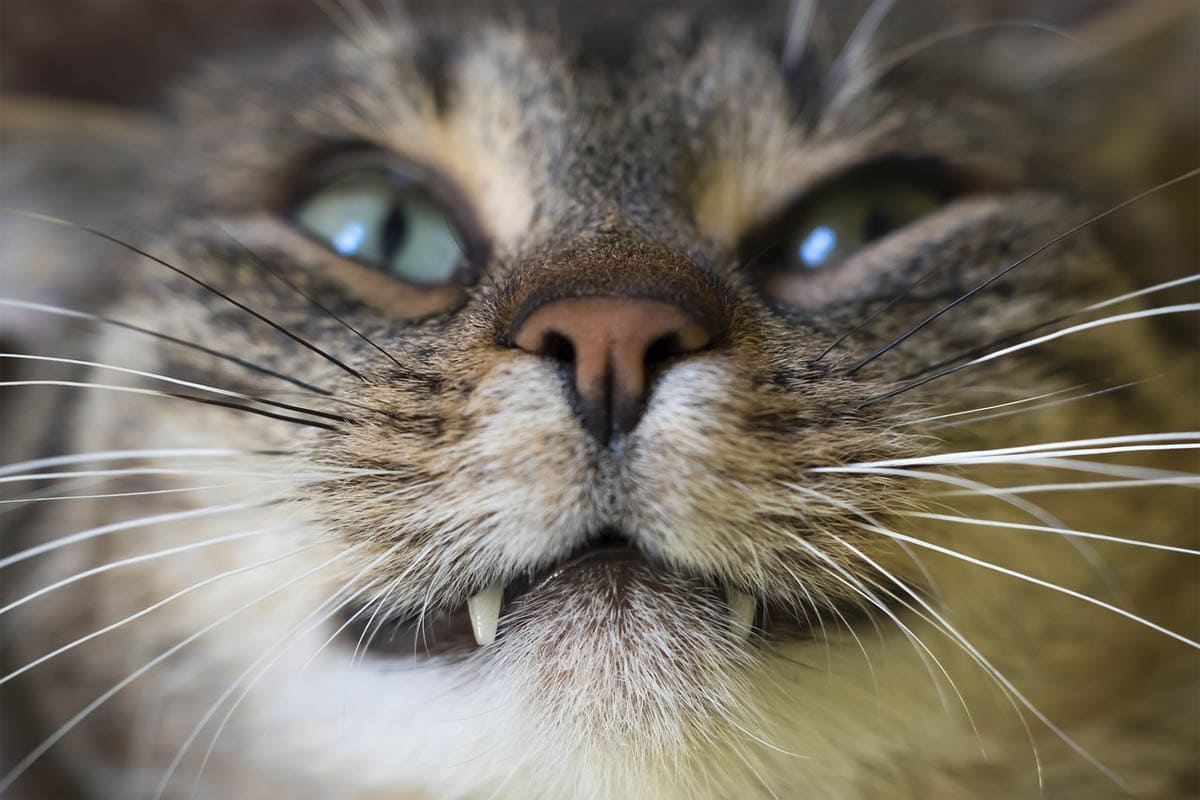Also known as endodontic treatment, a root canal is a dental treatment in which the inside of the tooth (nerve, dentin, and pulp) is removed and replaced with a synthetic filling and the tooth is capped. The procedure is most often reserved for large functional canines, premolars, and molars.
Tooth anatomy
- Enamel: The hard, outer surface of the tooth.
- Dentin: Below the tough exterior, dentin is hard, dense bony tissue that forms the bulk of a tooth. Dentin is arranged as a collection of tubules that run from the pulp towards the enamel.
- Pulp: The pulp is the inner portion of the tooth that is made up of connective tissue, nerves and a rich supply of blood vessels. Pulp provides oxygen, nutrients and feeling to the tooth.
- Cementum: The tough, calcified substance which covers the root of the tooth.
- Root: Hidden beneath the gums, the tooth root anchors the tooth to the jaw.
The purpose is to save a tooth that has become infected or decayed due to a dental fracture. Unless a fracture is treated within 24-48 hours, bacteria invade the pulp causing irreversible inflammation, infection and eventual necrosis of the tissue.
Symptoms of a fractured tooth
Cats are very stoic, and it is not always apparent that they are in pain. Once the pulp is exposed, the tooth will be extremely painful.
- Reluctance to eat, or favouring one side of the mouth
- Picking up food and dropping it
- Reluctance to be touched on the head or face
- A visible crack or missing portion of a tooth
- Drooling
- Withdrawal
- Hiding
- Weight loss
- Irritability
- Facial swelling, if a dental abscess has developed
Are all cats good candidates for a root canal?
No, there are several factors to consider before deciding to go ahead with root canal therapy. Dental x-rays will be necessary to assess the underlying bone and root structures and determine if the root canal is suitable.
Poor candidates include the following:
- A tooth with severe damage
- There is a crack in the root
- There is insufficient bone due to periodontitis
Root canal surgery

We recommend pre-anesthetic bloodwork to evaluate the overall health of the cat before surgery.
- The cat will fast overnight, as a general anesthetic is required to perform root canal therapy.
- Once the cat has been anesthetised, the veterinarian makes an opening in the tooth and remove the dead and diseased pulp with endodontic files.
- The empty root canal is shaped, flushed to remove any remaining debris, sterilised to ensure no bacteria are left and then dried.
- The hollow root canal is filled with sealer cement, and gutta-percha (a tough plastic substance) and a tough layer of composite (the same material used in human fillings) is placed on the tooth to protect it.
Home care
The veterinarian will provide a care sheet as well as antibiotics at the time of discharge; follow instructions as directed.
The mouth may be a little sore once the anesthetic has worn off, feed a soft diet for a day or so.
The veterinarian will also schedule a follow-up appointment two weeks post-surgery to check the cat’s progress.
Frequently asked questions
Is a root canal painful?
As the extraction is performed under a general anesthetic, the cat won’t feel any pain during the procedure.
How much does root canal treatment cost?
The cost will depend on the tooth affected and the complexity of the surgery but can range from $400 to $1000 or more.
What happens if I leave the tooth?
The mouth is a bacteria-rich environment; once the pulp is exposed to bacterial contamination and inflammation, root canal or dental extraction is necessary. Teeth don’t repair themselves and require intervention. Left untreated the following will occur:
- The cat will be in chronic pain.
- As the body attempts to protect itself, it walls off bacteria to form a dental abscess.
- Bacteria can enter the bloodstream (bacteremia), which can cause organ damage.
How to avoid dental fractures
Prevention is always better (and cheaper).
- Never feed a cat cooked bones which are harder and more brittle.
- If the cat has a fall or a trauma, see a veterinarian immediately who can evaluate the cat for injuries, including to the teeth.
- Don’t allow your cat to play with hard objects.

